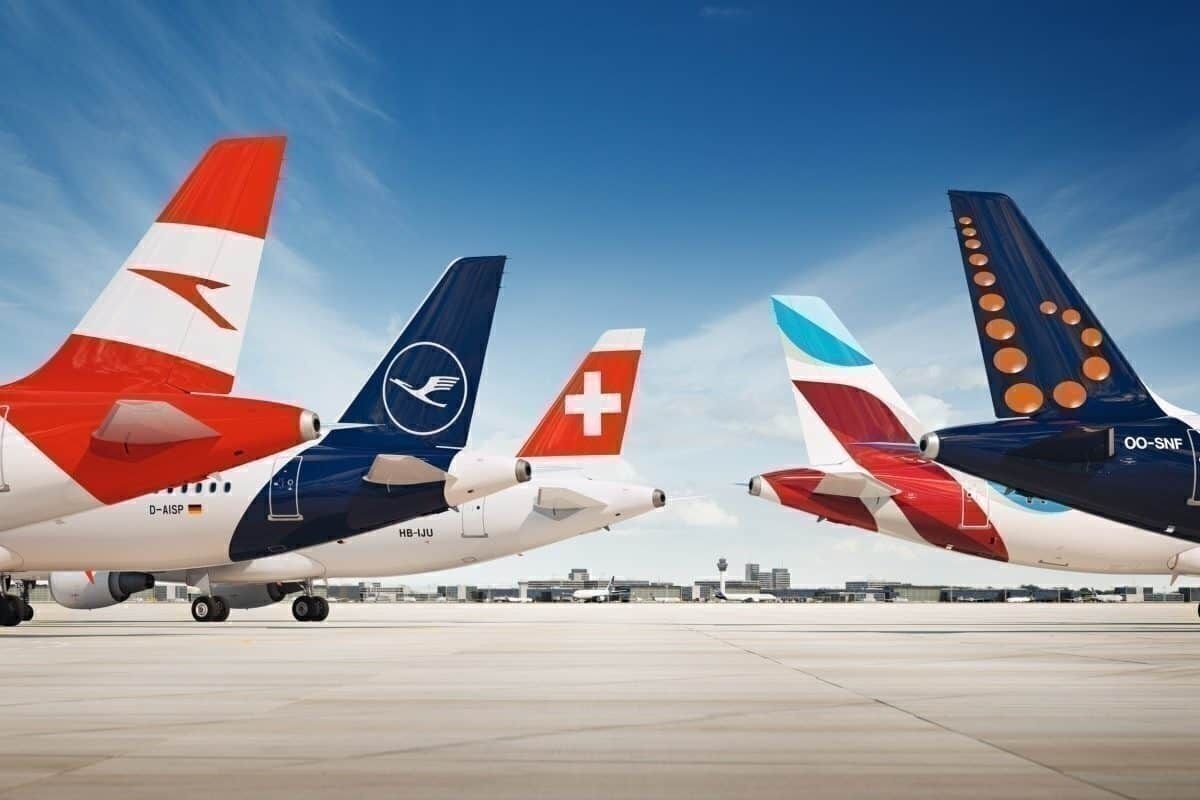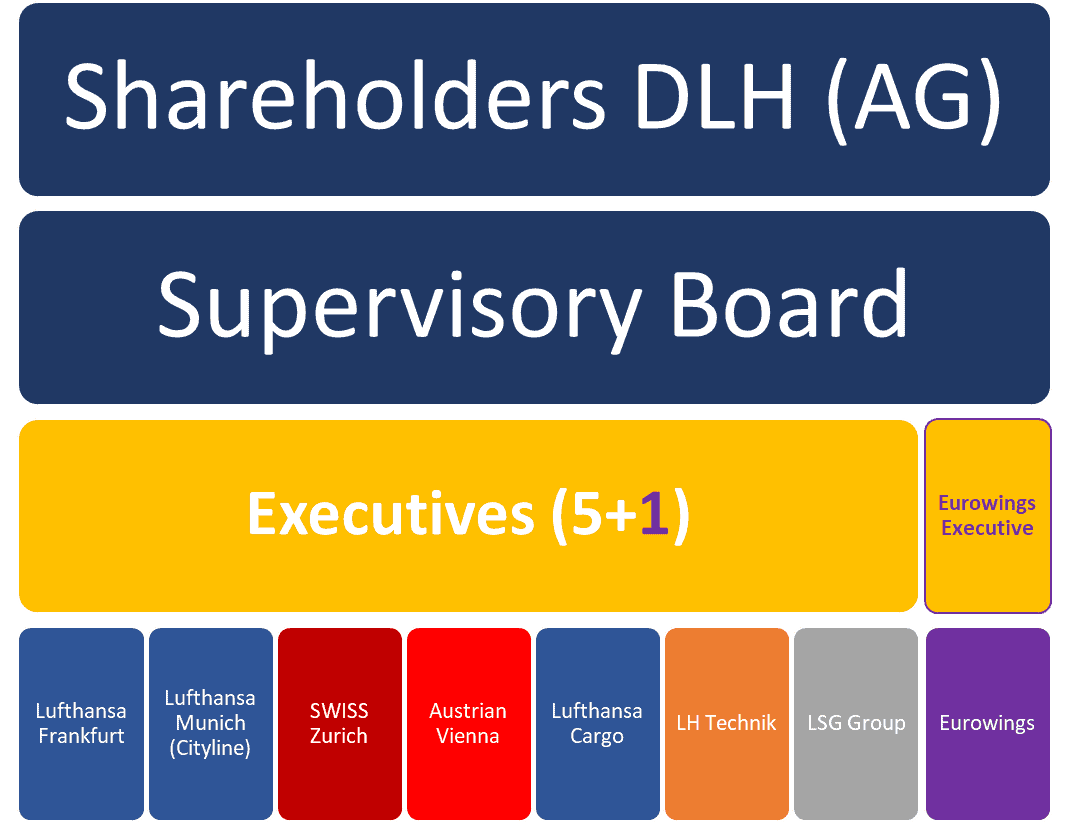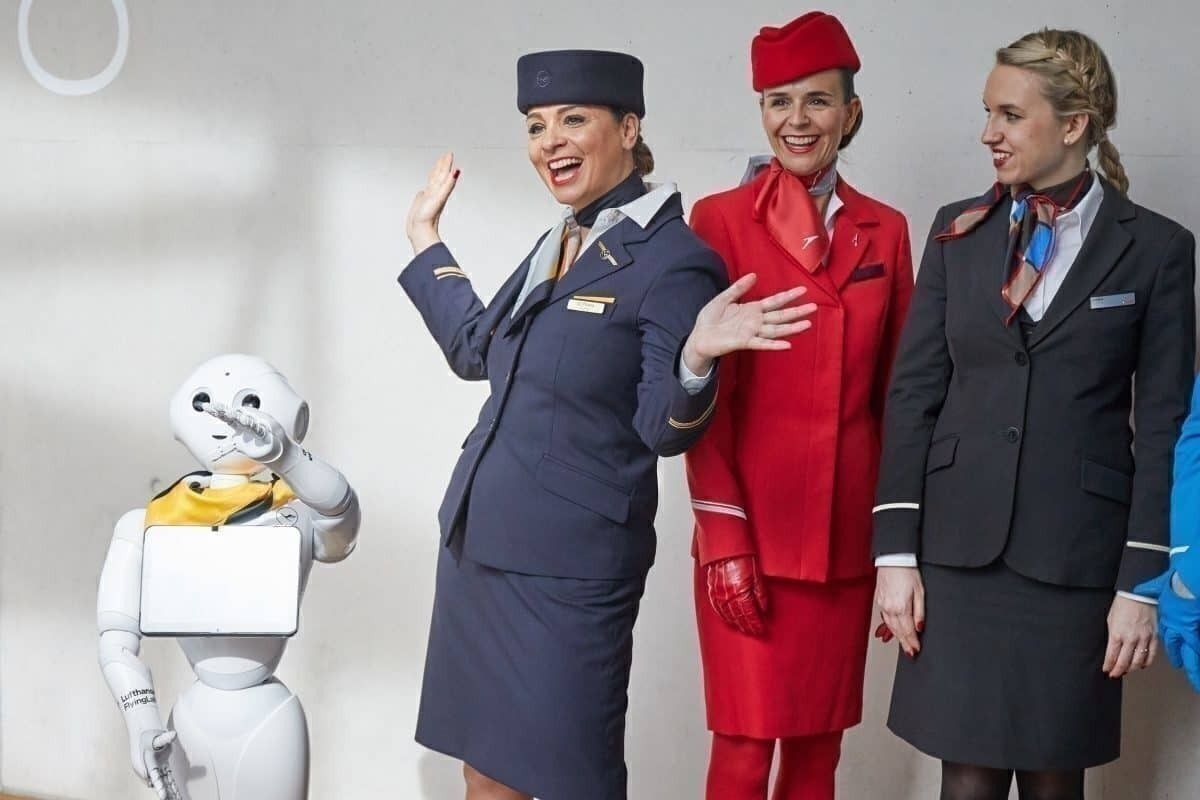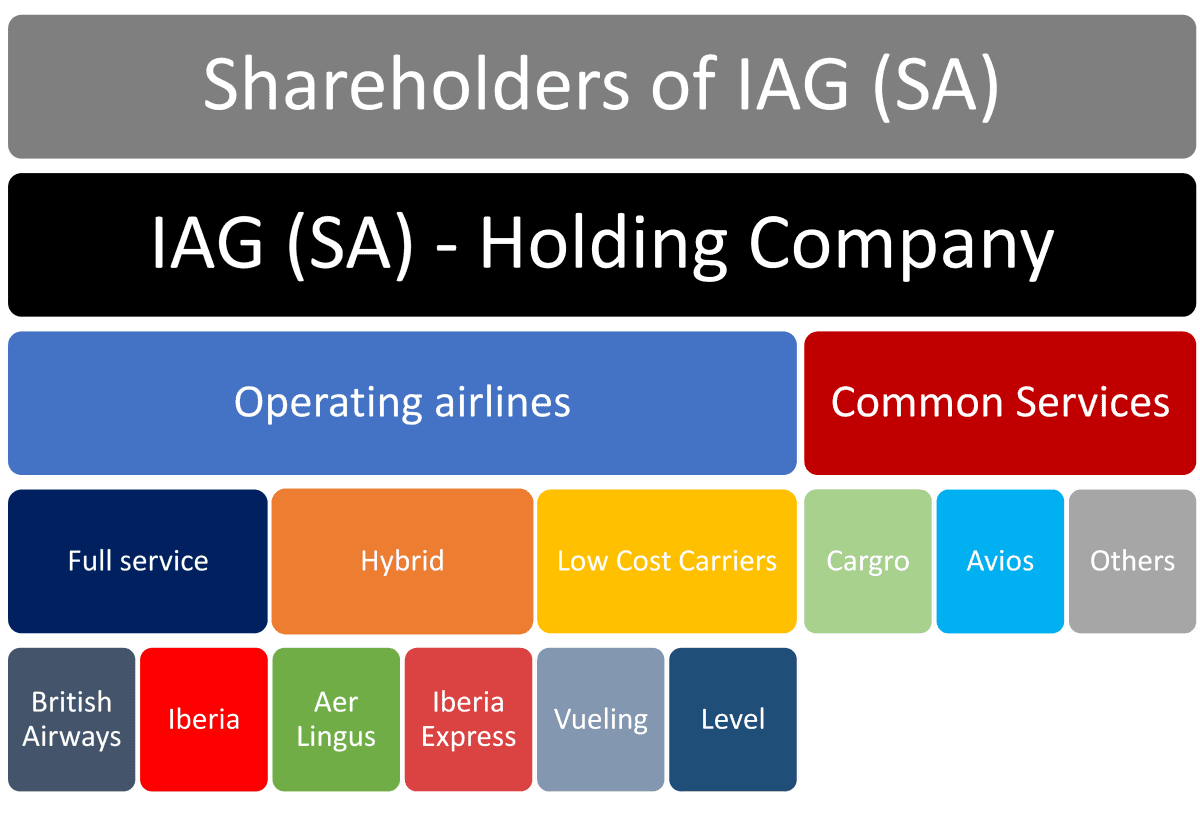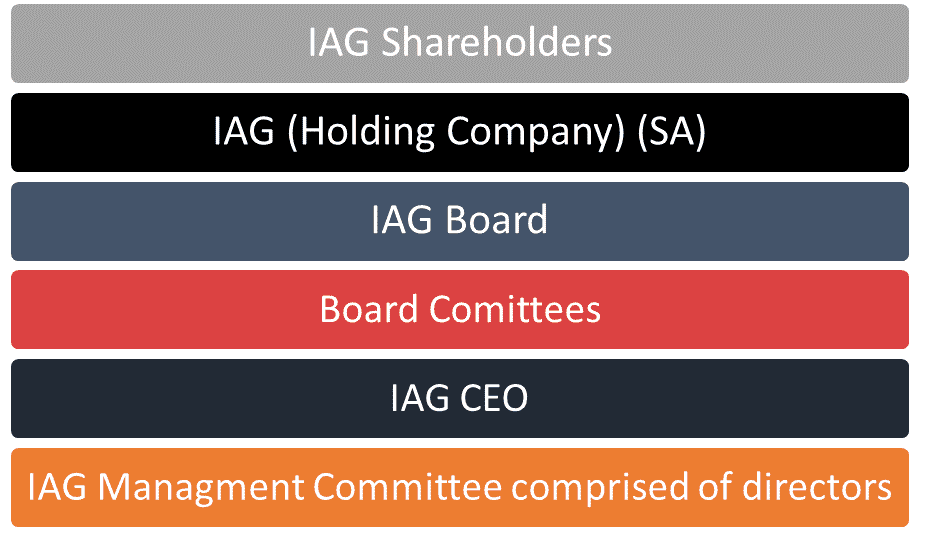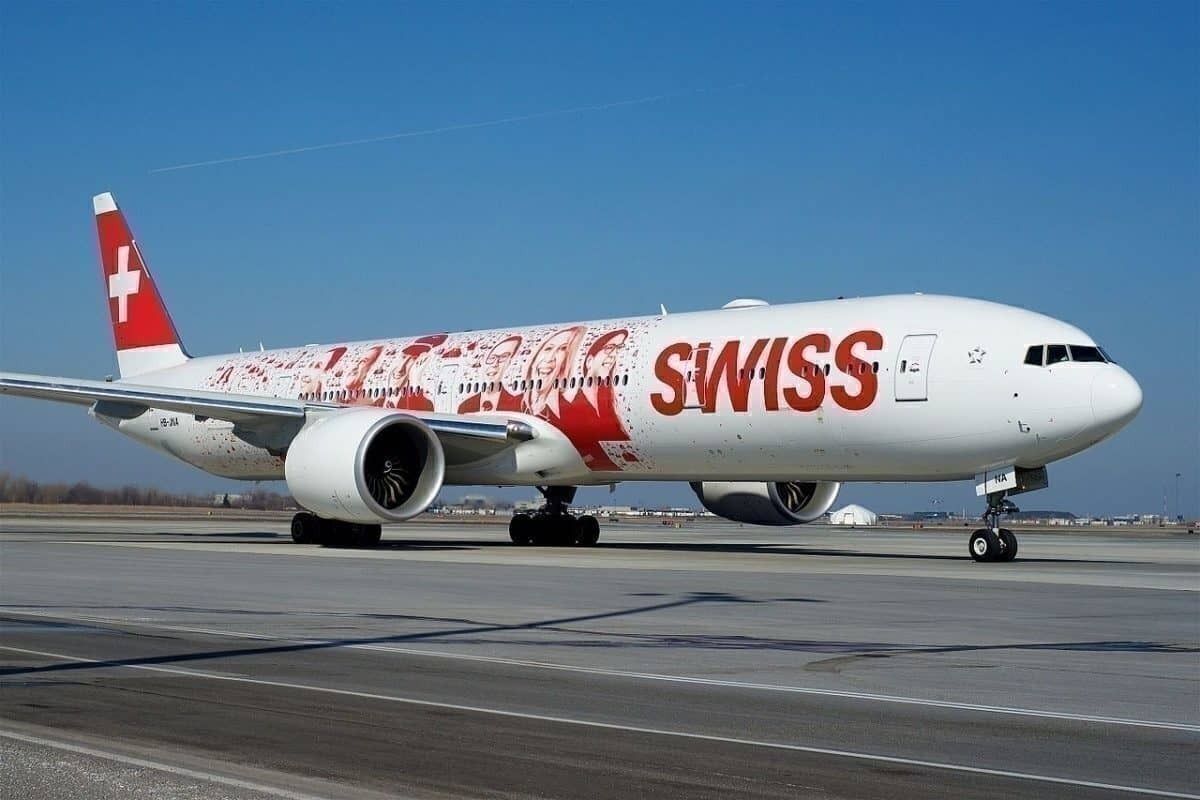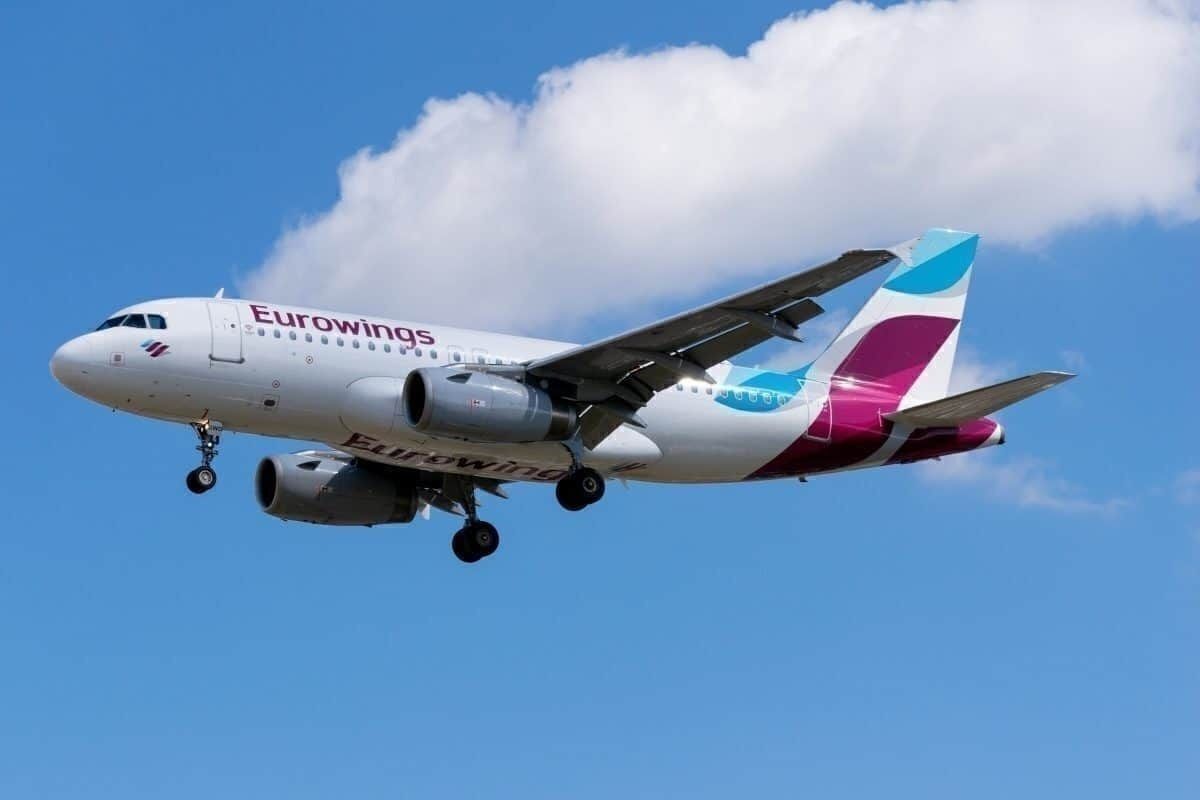Amid a financially disappointing first half of 2019, the Lufthansa Group may be considering shifting its corporate structure. According to German newspaper Handelsbalatt, the move may be part of a wider "modernization" effort by the Group CEO, Carsten Spohr. Here, we explore the Group's current corporate structure, the possibility of turning into a "holding company", and the consequences of such a shift.
The Lufthansa Group in its current form
The Group's corporate structure resembles that of many traditional German enterprises. Under this model, also known as the two-tier board, employees, labor unions and the shareholders, each appoints half of the supervisory board. The supervisory board, in turn, appoints and supervises the 'management", aka. executives, who then manage the company.
In Lufthansa's case, the supervisory board appoints numerous executives. Apart from Lufthansa airlines proper, each company such as SWISS, for example, has its own Management Board and Board of Directors.
The SWISS Management Board consists of a CEO, CFO and COO, among other individuals. While, the SWISS Board of Directors consists of members who only work at SWISS, and members who work throughout the Lufthansa Group, such as the CCO of the Network Airlines.
Pundits of the two-tier model claim that the system can create more societal value compared to other corporate structures. Additionally, many claim the model promotes long term thinking as the Supervisory Board acts as a guiding entity, while the Management Board focuses on operational issues.
In Lufthansa's case, the business structure has certainly not avoided confrontations with unions, nor has it always provided sound strategies. Moreover, detractors of the model claim that it is less financially efficient than other cooperate structure due to binate management.
The holding company model
As reported by CH-Aviation, the Lufthansa Group may be considering a shift from its current two-tier model to a holding company.
Holding companies are entities which exist only to own assets, and do not directly operate commercially. These assets can include items such as patents, trademarks, brand names, and in the case of aviation, planes. Holding companies usually make money by lending or loaning/ leasing assets and capital to the operating companies.
Many of the world's largest companies, such as HSBC Holdings PLC or Johnson and Johnson, operate under this model.
In commercial aviation, the International Consolidated Airlines Group, IAG, is a key example of the holding company model. Shareholders invest in IAG, who in turn owns operating companies and brands such as British Airways or Level, and assets such as aircraft.
On the governance level, the Management Committee is comprised of IAG and brand executives, who report to the IAG Board. The Board is in turn comprised of ten non-executive and two executive directors.
Pundits of the holding company model claim that this system can allow for more brand flexibility. Detractors of the model on the other hand state that the structure can disadvantage smaller investors and reduces levels of transparency concerning the subsidiary brands.
Likelihood and consequences of a structural shift.
Although one can only presume the likelihood of a shift from the traditional two-tier model to a holding company structure, the switch could be consequential.
First and foremost, the change would only be one of many envisioned by the Lufthansa Group CEO. Whom, since the beginning of his tenure in 2014, has sought to modernize the company through an increase in shared services, and the elimination of redundant management structures.
Secondly, under a group holding structure, Lufthansa's dominance in the group's identity and operations may no longer be as significant. This, of course, may have a two-fold impact.
On one hand, allowing each brand to be more individualistic in their approach may allow them to better cater to their core markets. On the other, however, allowing such liberties may come at the cost of a unified corporate identity and the significant efficiencies the group has obtained.
Thirdly, holding companies do not traditionally include the same space for labor unions as the German model. The holding company model can, of course, be adapted to domestic needs. However, failure to manage this properly may cause significant labor tensions, a phenomenon which has burdened the company over the years.
What do you think of Lufthansa's corporate structure? Should the company shift towards a holding company? Is the current model sufficient in meeting its objectives? Let us know in the comments.
We reached out to the Lufthansa Group for a comment but did not receive a reply by the time publication.
Disclaimer: The information contained in this website is for general information purposes only. While we endeavor to ensure the reliability of the information is correct and up to date, we make no representations or warranties of any kind, expressed or implied, about the completeness, accuracy, reliability, suitability or availability with respect to the website or the information, products, services, or related graphics on this website for any purpose.

